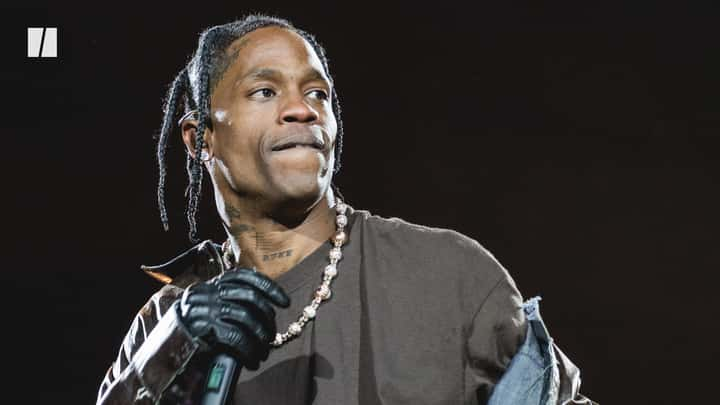Stephany Griffiths-Jones – Chile: Boric’s economic programme
A sobering explanation of the economic policies to be expected from the new Chilean president
PEF Council member Prof. Stephany Griffiths-Jones is a member of Chilean President Gabriel Boric’s group of economic advisors.
Interview conducted by Andy Robinson. Original (in Spanish).
Cross-posted from the PEF website

Gabriel Boric. Photo: Mediabanco Agencia / Wikimedia Commons / CC BY 2.0,
Stephany Griffith-Jones, one of the most eloquent promoters of the role of the state and public banks in the equitable development of South American economies, joined a group of advisers to Gabriel Boric, Chile’s presidential candidate, before the start of his second round campaign for the Presidency. The decision to appoint Griffith-Jones – a professor at the University of Sussex and collaborator with Nobel Laureate Joseph Stiglitz at Columbia University in New York – is proof that Boric build on not only ideas from the 2019 protest movement, but also experts close to Concertación and Nueva Mayoría, who led the centre-left governments of Chile’s slow transition from dictatorship.
It is also proof that, at the age of 35, Boric is aware of the importance of working with experienced economists such as Griffith Jones, Born in Prague in 1947, great-niece of Franz Kafka, and whose family emigrated to Chile the following year, we spoke about Boric’s dilemmas in needing to both respond to the demand for change in Chile, and to stabilise the economy.
It seems that Gabriel Boric is facing a problem. He is a candidate for change, a movement that has taken to the streets of Santiago to protest the neo-liberal model. But if he wins, he will come to power in a difficult budget situation that leaves little room for progressive budget policy…
Yes. At the moment the budgetary situation is very difficult. The fiscal deficit is already at 13% of GDP… Piñera went from one extreme to another in his response to the pandemic. He did nothing at first, and a lot of low-income people were in real trouble. This is where the first withdrawals from pension funds were introduced, to help low-income people in great difficulty. [Piñera’s government allowed raids on Chile’s privatised pension funds during covid, turning them into a “piggy-bank”, with about $50bn or 25% of their value withdrawn to date.] But then, in 2021, Piñera went to the other extreme. He gave generous support, perhaps too much, to many, even people who were not so poor. And consumption skyrocketed. Chilean GDP will grow this year between 11% and 12%. The economy is totally overheated.
What should be done?
Boric has committed himself to significantly reducing the budget deficit in one year and respecting the budget already approved by Parliament. It is a sign of his moderation. In the coming years, he wants to raise taxes gradually and increase the collection of existing taxes – higher direct taxes, and lower indirect taxes. Indirect taxes, such as value added tax, account for more than 50% of Chile’s total tax revenue, well above the OECD average. There is also a commitment to combat tax evasion, which in Chile is twice the OECD average, but this requires more tax inspectors.
The problem is more general. Latin America is experiencing a moment of polarization. It is necessary to break a model that was very unpopular, but the economic and economic reality of countries like Brazil or Chile leaves very little space, and both Lula and Boric have moved closer to the centre.
Yes, at first many people thought that Boric would be too radical. But now perhaps the greatest fear is that he can not do enough.
Despite this, he is portrayed as radical in many media …
It’s true. The media talk about far right and far left. We must reject this false dichotomy, because Boric is a Social Democrat. [Right-wing candidate Jose Antonio] Kast is an extremist. In economics, he is quite radical; to reduce taxes when the deficit is 13% of GDP is downright daring. In politics, he is even more extreme. One of his deputies said that women should never have had the right to vote. Unbelievable. Kast proposed restricting the right to abortion, even for women who were raped, and forgiving Pinochet-era torturers.
But Boric is a European-style Social Democrat. I met him first at a conference to discuss the Scandinavian model of government. He has been more on the left, but he is aware of the current budget problems and is very open to discussions with all sides. That said, he is very committed to the need for redistribution.
Given the polarity and rejection of the system, do you think it can be a double-edged sword to enjoy the support of the main political figures from Concertación?
No. That’s very positive for Boric. Leftists will vote for him anyway. The problem is attracting the votes of most of those in the middle. Although the most important thing is to attract young people who demonstrate, but sometimes do not vote. Participation in the first round was very low. In the past, the center and the left always worked when they merged. It can be expected to be the same this time. Boric acknowledged the contribution of the Christian Democrats (PDC) and it was a very good move. He met Ricardo Lagos [centre-left president from 2000 to 2006] and Michelle Bachelet [centre-left President from 2006 to 2010, and from 2014 to 2018]. They were wonderful to him. Much of the center and left have already joined the campaign. And the Christian Democrats support him even though they say they would not enter government with him. It is also true that the fact that Kast is perceived as disastrous made the reunion easier.
It is strange to compare the victory of the left in the Constituent Assembly with the results of November in the parliamentary elections. How did this happen?
Yes, 78% of voters voted [on 25 October 2020] in favour of a new constitution. Voting in the Constituent Assembly [over 15 and 16 May 2021] was a great victory for the left. But then, just a year after the referendum, the same voters voted for a parliament that was divided between left and right. There is therefore a lack of consistency. If Boric wins, he will have problems with Congress, which will likely try to block proposals such as the budget and tax reform.
Will there be more leeway afterwards?
I think so, after the first year. Boric and his supporters are very committed to the ecological transition. Chile is lucky because it has lithium, which is essential for batteries, and copper, which is essential for the enerfy transition. In addition, there is great potential for further development of solar and wind energy. It is necessary to give priority to certain sectors for that transition, supporting their development, and Kast does not understand this. Development banks must be mobilized for the green transition. And financial regulation can be used to incentivize commercial bank loans to companies with low-carbon investments.
Public investment is key. For example, Boric wants to invest heavily in building an extensive rail network. Then there is hydrogen. Hydrogen can be produced sustainably in Chile because there are many ways to generate renewable energy. We can use green hydrogen in mining to have green copper.
Is there not a risk that the energy transition will create demand for metals and lead to more extraction and dependence on the export of raw materials?
The idea would be to move up the value chain. Manufacture batteries, incorporate more technology and knowledge. Scandinavian economies, which in the past were like Chile, dependent on exports of raw materials such as wood, managed to move up the value chain and develop rapidly. So it is necessary, for example, to produced more refined copper, to manufacture higher value-added cables.
Why would the left do it better than the right?
Because public investment and the development bank are essential for the green transition, and then catalysing private investment in this sector is key. Kast doesn’t understand this. He caricatures the state as a dark and negative force, but those are the ideas of the past.










/cdn.vox-cdn.com/uploads/chorus_image/image/70309277/AP21344848634912.0.jpg)
:no_upscale()/cdn.vox-cdn.com/uploads/chorus_asset/file/23118215/AP20344579490194b.jpg)


